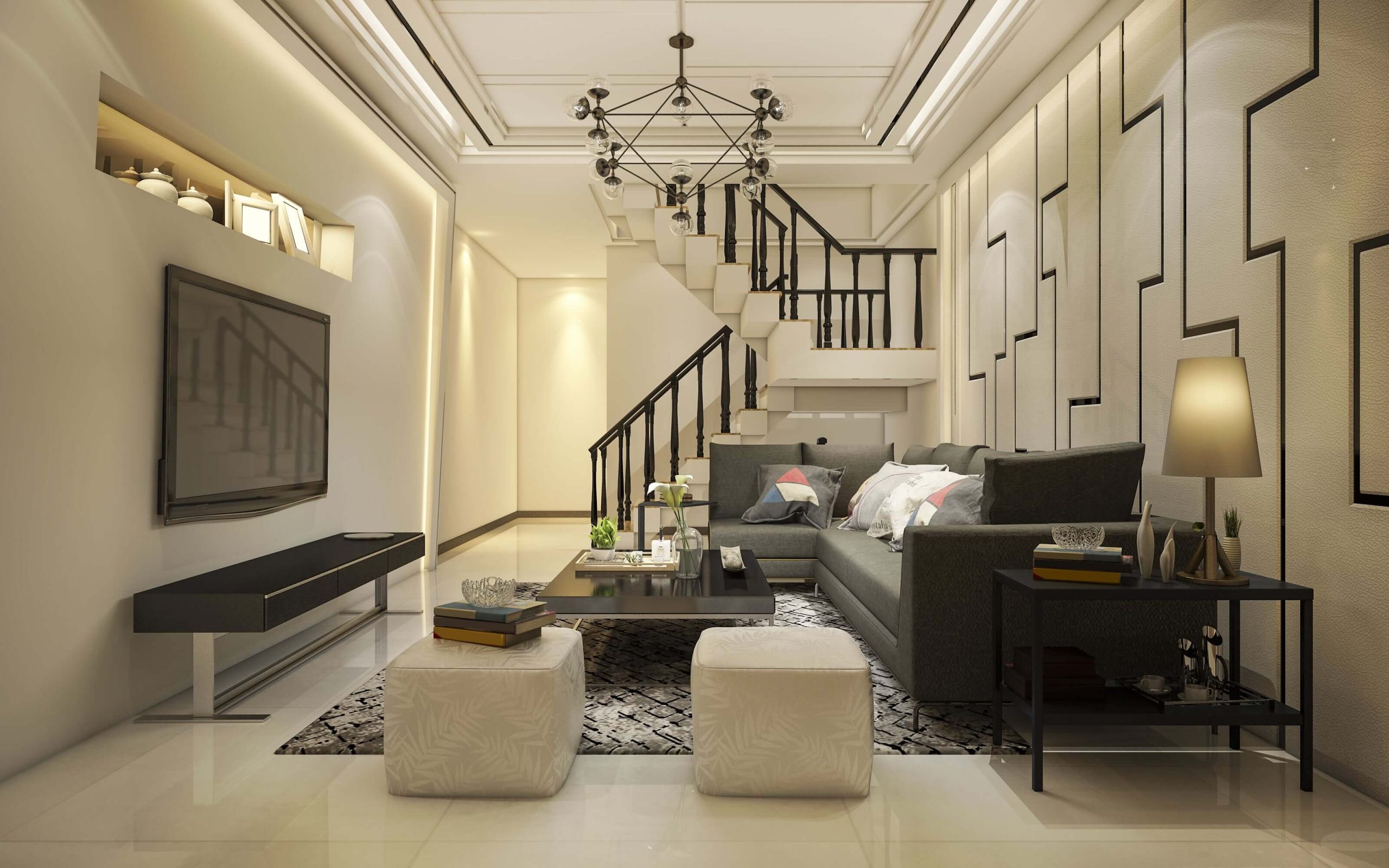Timeless beauty is how something is described when its appearance remain to be acceptable by many regardless of time and is able to gain approval of the majority since it is able to pass the standard of beauty in any given time. It is a look that transcends time. Timeless classic home decorating may be achieved and confidently gain favorable attention without following trends. There had been a constant update in home decorating over time. However, an understanding of the basic principles of interior design as well as using classic design may help homemakers to create a beautiful home over the years.
7 Principles of Design
A homemaker already has an interior design concept in mind even during house hunting or before the build of the house. However, it is an advantage to have knowledge of the basic principles of interior design to have a true understanding to come up with design inspiration that will work and will look good for the house. A home buyer eyeing a house and lot in San Pedro may be guided on how to approach the home decorating that will match the needs of the family while meeting the home design in mind. To achieve these, it is practical to work towards a home design rooted in the basic principles of interior design.
BALANCE
The visual balance of a room is important since it is responsible for the peaceful mood of the house. The absence of which may give out a cluttered and messy look that most homemakers try to avoid. The symmetry created when balance is applied plays an important role on how a room may attain a classic design.
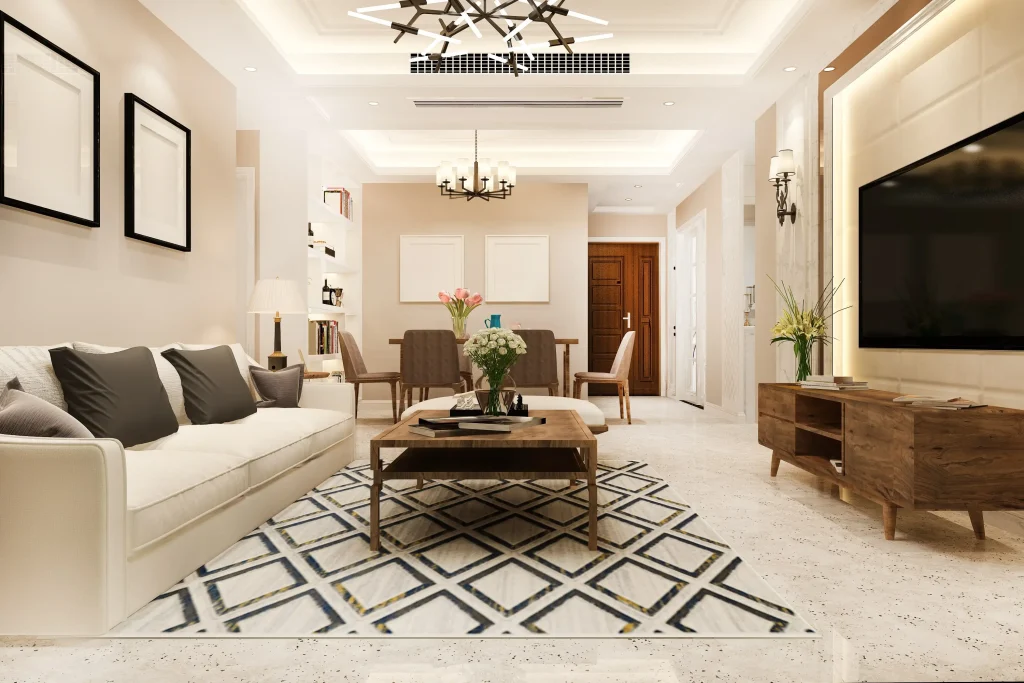
There are three kinds of balance most commonly applied in interior design. Each one gives out a different look but all the same achieve the tranquil and calm demeanor of the home.
Symmetrical Balance. It is simply referred to as formal balance. It is the first and popular used approach since it would just require the room to be divided in two sides and employ a mirror image of each side. A receiving area, for instance, may be designed in such a way that two sofas will be facing each other with a coffee table placed in the middle. This may also be done with two side tables with a sofa in the middle with identical lamps on each side table. It is simple and quite easy to do since furniture would just be bought in pairs and placed on both sides but this kind of symmetry may overwhelm the space if not done carefully. It may turn a room to look stiff and not too relaxing. However, it should be noted that this type of balance that renders the timeless classic design of a house.
Asymmetrical Balance. It is a modern approach in creating balance in interior design since it expresses more flexibility in home decorating. This approach allows one to create balance using the visual weight as well as similarities in size, shape and dimensions of objects to be placed on two opposite sides. This approach may give a more fun and playful vibe at first glance since the design takes away the boring aspect of creating balance yet it is being applied in a subtle manner. This type of balance is trendy. Hence, it does not contribute to the timelessness of the home design. When working towards timeless look, applying asymmetrical balance avoid using this type of balance in the home.
Radial Balance. It is referred to a complex approach in achieving balance in a room. It is ideal for bigger spaces and may not work in cramped spaces. This approach would take one focal element placed at the center of the radial design. All other objects will be placed around this focal element to achieve balance. This approach may be best for homes blessed with a wide space. For instance, a family who loves to gather and enjoy meals and long conversations may design a bigger dining area and apply a radial design for this particular room of the house. The dining table being the focal element may have smaller objects around it.
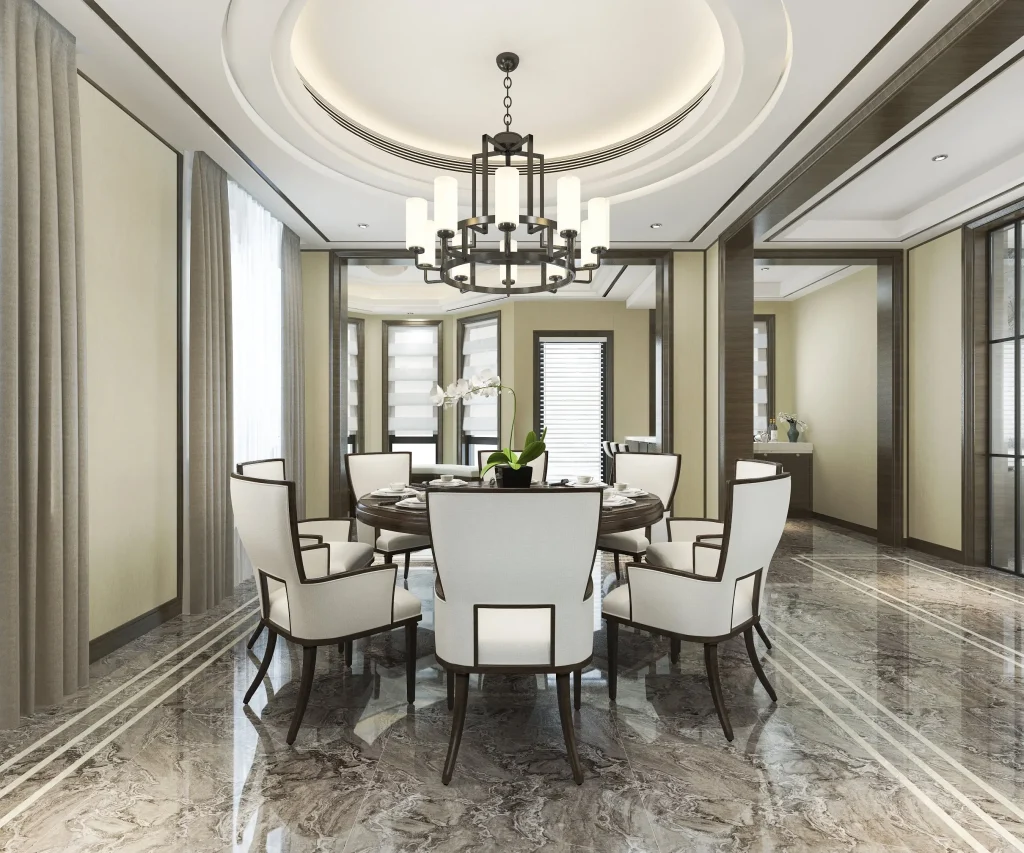
UNITY
Unity is another important basic concept in home design. It gives out a sense of cohesiveness as it unites the patterns, colors and textures creating uniformity of all design elements and binds them together in one general mood. The harmony it creates make for a beautiful home design that may look good despite the passing of time.
RHYTHM
This principle may come as a surprise for some when it comes to home decorating but it is essential since there will only be harmony when there is rhythm. To put this principle into action, one may use the concepts of repetition, alteration or progression. Rhythm aims to create visual interest that is created through the use of colors, patterns and textures in repetition. Patterns and colors may be mixed but bear in mind that when just two elements are mixed, it may not be viewed as creating rhythm and may just be dismissed simply as a mismatch. This principle may be conveniently achieved when a primary element is paired with two smaller patterns or colors such as smaller accessories, photographs to pieces of art as well as cushions. It is important for the homemaker to pay attention to detail when working towards achieving rhythm in home designing.
SCALE AND PROPORTION
Scale and proportion deal with measurements. While scale deals with the relationship of the size of a particular object and the size of the room, proportion is more concerned with the relationship of all the objects in a room making sure that their differences in size complement each other. This principle aims to achieve a sense of belongingness in the room where nothing is noticeably too big or too small. The size of the pieces of furniture must be proportional to each other as well as to the size of the space.
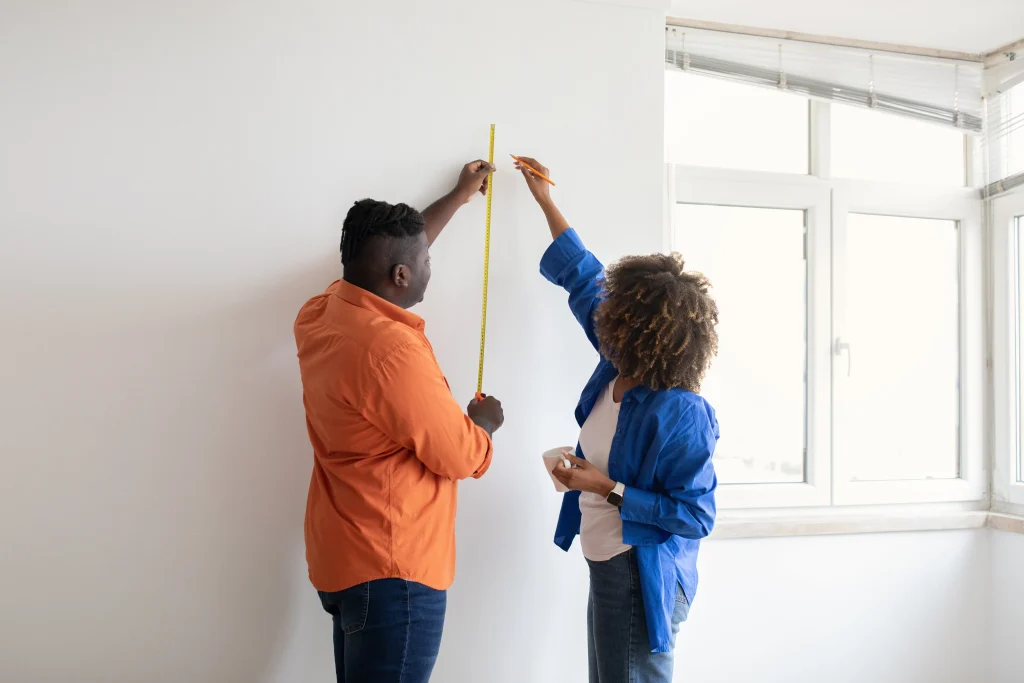
EMPHASIS
Emphasis is an essential design principle that results to excitement and takes away the boring look of a place. It is responsible for a particular space to remain unforgotten. To achieve emphasis in a space, a focal element that draws the attention must be present in a room. Simply put, an accent piece either through its color, texture, or pattern, may be used. Another way of creating an emphasis in home decorating is through radial balance where a piece of furniture, a vintage piece, an upcycled piece as well as an item that depicts a certain culture may be considered as a focal point that creates emphasis. Focal points also contribute to the timelessness of a room.
CONTRAST
Contrast is a design principle that provides visual interest that contributes for the space to feel dynamic and exciting. It takes away the monotonous look and the dullness of a room. To achieve contrast in home decorating, contrast may be applied to color, patterns, styles, textures and even shapes. However, same as the other principles, this should not be overdone to maintain balance as well as harmony.
DETAILS
Attention to details is the principle that ties all the other principles together. This is what makes the space unique as this principle is what makes home decorating brings out the personality and interests of the homemaker. The personal touches and the homemaker’s focus on minute details bring out who she is and is incorporated in the design. A Crown Asia home becomes personal and complete with the homeowner’s choice of door knobs, switches, cabinet handles, and the like. An addition of a classic piece or an iconic item that may be an heirloom of the homemaker may give a timeless classic vibe.
Classic Design in Interior Design
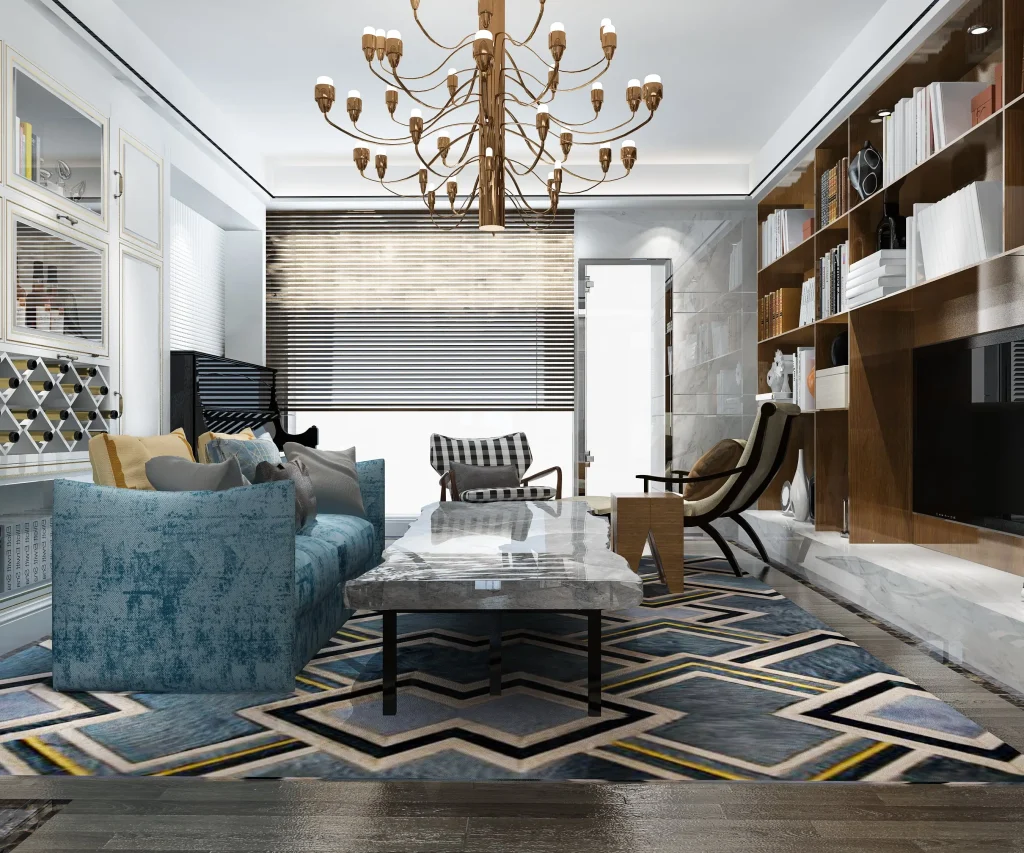
Classic designs serve as a standard of its time. Although it is manufactured industrially, its timeless appeal remain over time. They are highly recognizable in terms of the design era or movement they came from. They were created in the highest standard and were produced in the highest quality, factors that determine the longevity of a classic piece. They were often referred to as iconic. A home decor with a classic design is already past its functionality and may only already be obsolete but they may be regarded as collectible. However, its resale value increases since these items are no longer reproduced and are no longer readily available in the market.
Characteristics of A Classic Design
For a particular piece to be considered a classic design, it has to have the following characteristics:
IMAGE
It refers to the aesthetics of an object that may easily be identified from a certain design era. It is instantly recognizable to have been created and produced in the past.
STATUS
Items with classic designs expresses a desirable status as they often increase in value. They indicate the social position of its owner as well since pieces with classic designs are most of the time connected to the elite class. Classic designed pieces such as an artwork, a vase or a piece of furniture become rare over time making it more desirable for people who want to collect them.
CULTURAL INFLUENCE
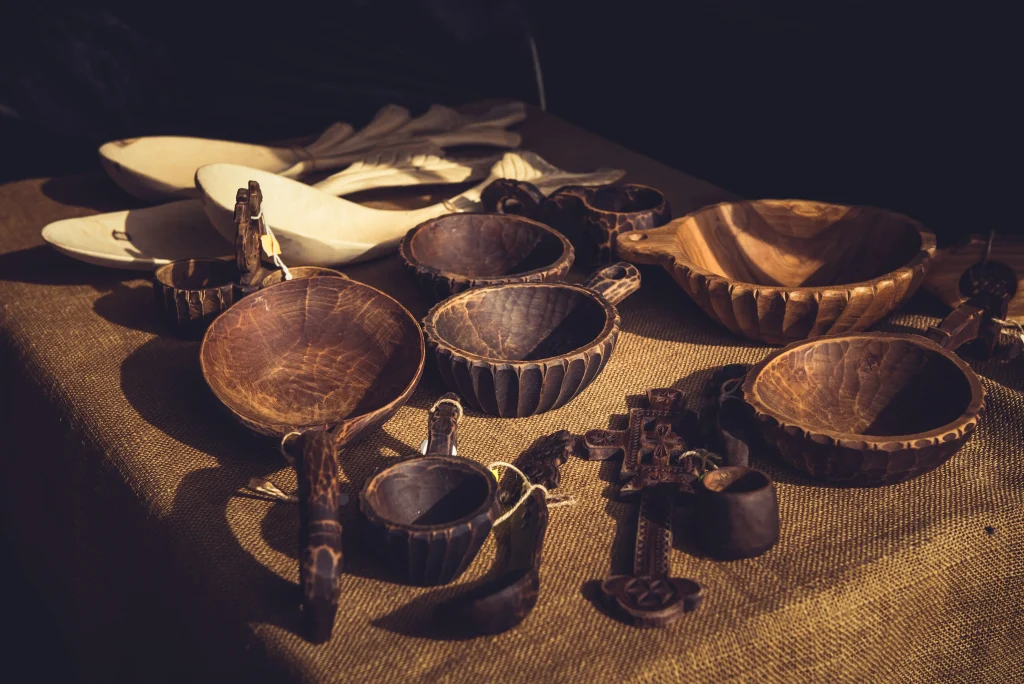
Classic designs often reflect the cultural influence as well as mark transition points that may be found in a particular culture. The cultural influence may be traced from something national, religious or a sub-culture. These timeless pieces may be tied with the design idea of the house as an accent piece or a focal point. Heirlooms or pieces passed on from generation to another may also be used to personalize the home design.
OBSOLENCE
Classic designs are already past their useful life or their functionality. However, items with classic designs defies time. They may have outgrown their functionality but they may serve as iconic pieces that may be integrated in the home design. Due to their timelessness, their unchanging design remains acceptable despite of the time.
Conclusion
A home design using the seven principles of design while using pieces that are from a particular design movement contribute to the timelessness of the design. A Crown Asia property particularly a house and lot in San Pedro may come alive with the use of the principles of design. It may be given a timeless look with the addition of intrigue and drama to a space. Moreover, the home may be well-designed and visually interesting with a sense of playfulness and variety using timeless classic pieces as well as classic designed items putting the wow factor to the home.
Read More: Home Trends to Look Out for in 2024


